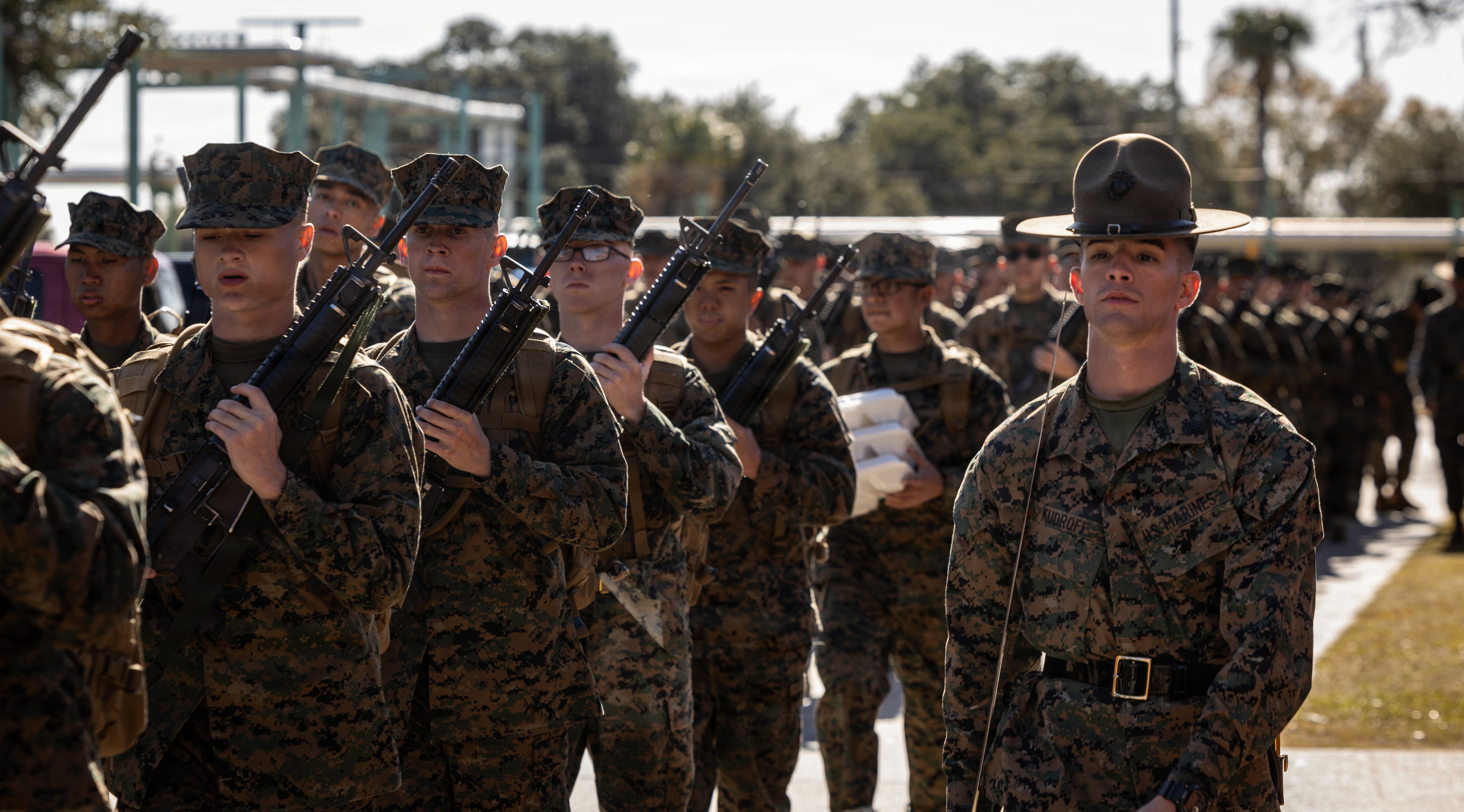NORFOLK, Va. – The Navy on Friday announced final disciplinary actions for Three civilian security officers have been disciplined for lapses in the personnel involved in an unauthorized breach of Naval Station Norfolk on March 24, 2014, that ended with the shooting death of Master at Arms 2nd Class Mark Mayo.
Rear Adm. Rick Williamson, head commander of Navy Region Mid-Atlantic, orderedinitiated disciplinary actions against the Navy military and civilian security personnel on April 1, lessfewer than two weeks after the investigation was released. Of the five on duty at the time of the shooting, two had resigned and three were issued a Notice of Proposed Discipline. By law, the civilian gate guards had up to 30 days to prepare their defense. That period is now complete and the following actions were taken, the Region announced:
- The civilian security officer who allowed trucker Jeffrey Tyrone Savage through the gate without proper ID resigned in lieu of proposed removal from federal service.
- The civilian night watch commander supervisor who failed to provide proper oversight received a 14-day suspension without pay.
- The civilian police officer at the gate who failed to alert security about the unauthorized entry in a timely manner received a 14-day suspension without pay.
Investigators said the civilian police officers "were clearly negligent in the performance of their duties, and there is a gross lack of procedural compliance, accountability and oversight of the civilian police force." Each was immediately "red-tagged," which means they were removed from law enforcement duties. The latter two returned to duty within the month. The civilian security officer who allowed Savage through the gate was not authorized to carry a weapon and did not work in a law enforcement capacity from the time of the shooting to his resignation.
Three service members were punished in April. These included Capt.ain Robert Clark, the commanding officercommander of Naval Station Norfolk, who received an unspecified but "appropriate administrative measures," Williamson told Navy Times in an April 7 phone interview. Clark remained in command of the installation with the support of Williamson, who said the skipper had been in his position for only a matter of weeks and had started to make corrective changes to the security structure before the shooting occurred.
The Naval Station Norfolk Security Officer, an unnamed lieutenant with no facility experience prior to this assignment, received administrative action and was relieved of duties. An unnamed Master at Arms 2nd Class who has since transferred to an overseas assignment was to return and face disciplinary or administrative action.
"We owe it to Petty Officer Mark Mayo's legacy, to the men and women who serve on our installations, and to the American taxpayer, to ensure we protect our workforce and the assets the nation entrusts to us," Williamson said in a news release announcing the punishments. "Immediately following the shooting last year, immediate corrective actions were implemented on Naval Station Norfolk, and all installations within my region, to ensure an event like this does not happen again.I take my responsibility seriously as the commander of the installations in my region and it is my responsibility to hold those who failed in their duties accountable."
The fatal shooting started when the police officer-in-charge allowed Savage to drive his employer's semi-tractor cab through Gate 5 at approximately 11 p.m. Savage was stopped but not asked to show proper identification. Believing Savage wanted to make a U-turn and exit the base, the civilian police officer-in-charge allowed him to pass. When Savage failed to turn around, execute a U-turn, the police officer did not initiate "gate runner" procedures; instead of deploying the hardened anti-access control system or pursuing the intruder, the security officer continued checking identification of several cars coming onto the base before informing another civilian police officer that Savage had not shown proper ID or made a U-turn.
Approximately nine minutes after the initial encounter, the officer-in-charge departed in his police car to search for the suspect. Neither he nor the other gate guards radioed to report the unauthorized access. He later located Savage's truck idling in a parking lot adjacent to Pier 1. He looked in the truck, did not see the driver, and contrary to procedures, failed todid not notify Naval Station Security Dispatch of the abandoned idling truck. He instead headed back to Gate 5.
By this time, Savage had penetrated another layer of security and was on the pier, attempting to board the and was As this happened, Savage was attempting to board the destroyer Mahan. The petty officer of the watch drew her weapon, but had it wrestled away. Savage shot Mayo, the sentry who had rushed to the scene and placed himself between the POOW and the intruder. Mayo was shot four times before his Mayo, who was on the pier and had been notified of the unauthorized access by the entry control point sentry, arrived on the quarterdeck at this time. Savage was poised to shoot the petty officer of the watch when Mayo engaged, effectively placing himself between the two. Mayo was shot once in the front, then spun to cover the sailor and was shot three times in the back. He was not wearing his ballistic vest, which was in the van. Mayo's partner and the Mahan's roving patrol immediately returned fire. Both Mayo and Savage died on scene. Mayo was posthumously awarded the Navy and Marine Corps Medal, the highest non-combat heroism award.





